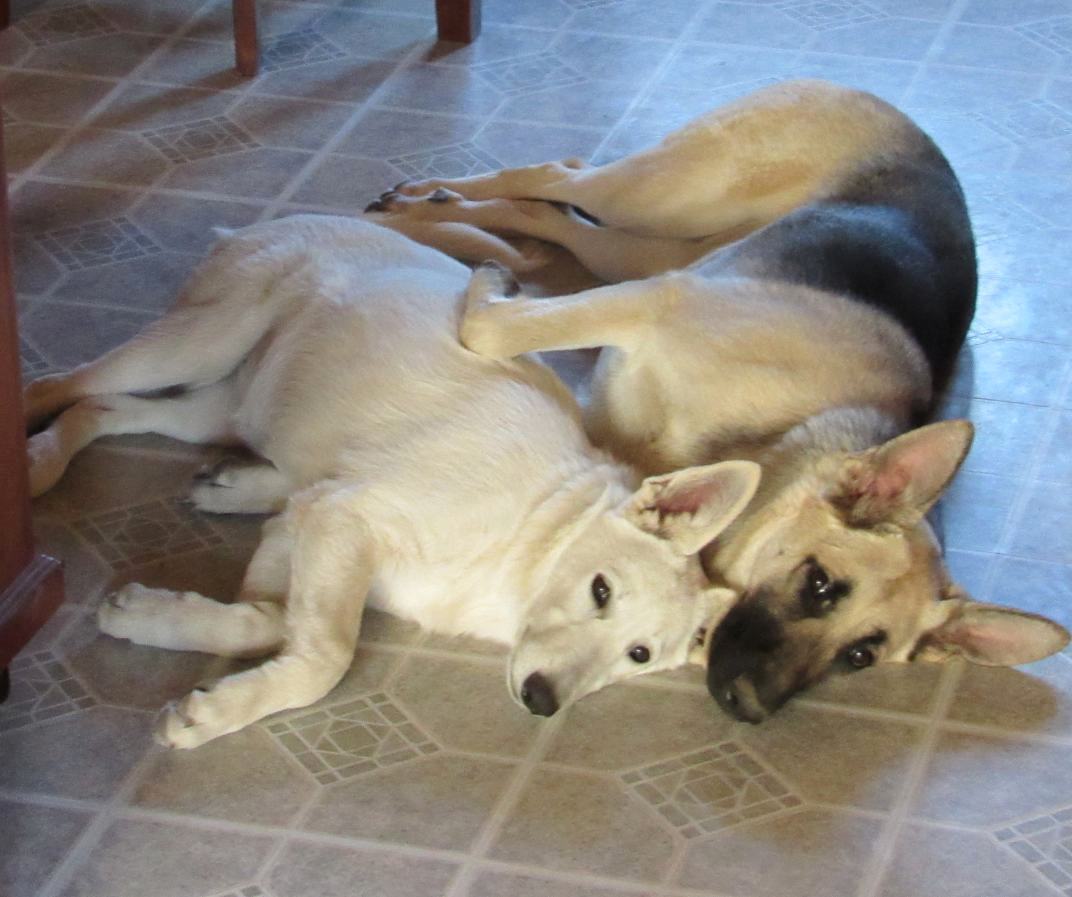
German Shepherds possess a combination of traits that make them particularly well-suited for security work:
Intelligence –
German Shepherds rank highly in intelligence, allowing them to quickly learn and execute complex commands essential for security tasks. Their cognitive abilities make them highly trainable and capable of performing a variety of roles, from detection to apprehension.
Loyalty –
Their strong loyalty to their handlers ensures that they are reliable and dedicated partners in security work. This loyalty is crucial for maintaining a strong bond and trust between the dog and its handler, which is essential in high-stress situations.
Protective Instinct –
German Shepherds have a natural protective instinct, making them excellent guard dogs. They are inherently suspicious of strangers and will defend their territory and people without hesitation.
Strength and Stamina –
These dogs are physically robust and possess the stamina required for demanding tasks. They can work long hours without tiring, which is vital for roles in police and military operations.
Keen Senses –
German Shepherds have exceptional senses of smell and hearing, making them effective at detecting potential threats, contraband, and intruders. This sensory acuity allows them to act as natural surveillance systems.
Courage –
Known for their bravery, German Shepherds are willing to face danger to protect their handlers and perform their duties. This courage is essential for working in potentially hazardous environments.
Versatility –
Their versatility allows them to adapt to various roles, including search and rescue, detection, and patrol. This adaptability makes them valuable in multiple security contexts.
Trainability –
Their eagerness to please and high trainability enable them to excel in obedience and specialized training programs, ensuring they can perform specific security tasks effectively.
These traits collectively make German Shepherds ideal for security work, providing a reliable, intelligent, and courageous companion capable of handling a wide range of protective duties.














